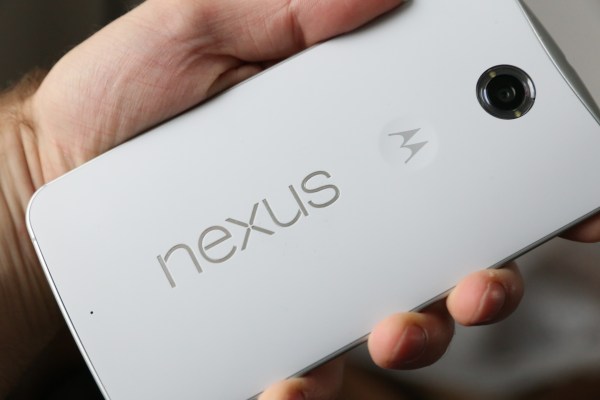As Greg Kumparak noted in the TechCrunch review of the Nexus 6, the phone is very large. Too large, in fact, for most humans. Back when it was just a rumor that Google would be picking Motorola to provide the Nexus 6 hardware, and that it would indeed be a monster with a 6-inch display, I lamented the phabletization of the Nexus line before it was even a real thing. Now, I’ve had some time with the device, and while part of me still feels the same, another part has to acknowledge that Google may have gotten it right with a “go big or go home” strategy for this generation of hardware.
For me, and for just about any other everyday user of the Nexus 6, there’s no question that something more akin to the Nexus 5, albeit with just better battery life, a better camera, improved specs and an updated display would’ve been the preferable option. Not least because such an unexciting iteration would probably have been able to keep the cost down, meaning you’d have another great pure Android option at a fraction of the cost of most locked, contract-only devices.
Which is great, insofar as you consider the purpose of the Nexus program to build affordable, easy-to-access devices with ergonomics aimed at suiting the needs of the greatest number of people. Nexus is not a populist program, however – it’s a reference hardware initiative that Google undertook because it wanted to help show OEMs how to get the most out of Android, and because it wanted developers to be able to build for a specific set of criteria that would mostly serve them well when their apps appeared on other Android devices, too.
[gallery ids="1086776,1086771,1086772,1086773,1086774,1086775"]
Some speculate that the Nexus 6 was actually just one of many devices that were supposed to take part in the Android Silver program, which would’ve replaced Nexus devices with hardware from various OEMs that contained a pure version of Android with guaranteed timely updates. That theory suggests that the Nexus 6 is but one of a variety of different kinds of smartphones, some of which would’ve resembled the Nexus 5 more closely, and theoretically been more broadly-aimed devices.
Even leaving that aside, however, the Nexus 6 seems like it fits the Nexus mould – it’s a device that lets Google show off Android 5.0 on hardware that exemplifies some of its best aspects. It also potentially anticipates a future where, rather than a mobile market divided among tablets and smartphones, most consumers prefer a single device with a large display but with all the functions they’ve come to expect in a phone.
In my time testing the Nexus 6, it went from something that I found awkward to use and that would mostly stay home, to a device I’d carry in lieu of a tablet, stowed in a pocket or bag, and that I automatically used two-handed, without thinking about how inconvenient it was to use single-handed. And while it still isn’t for everyone, it might be the Nexus Android needs, in terms of lighting the path forward for what’s coming next in the mobile device market.
